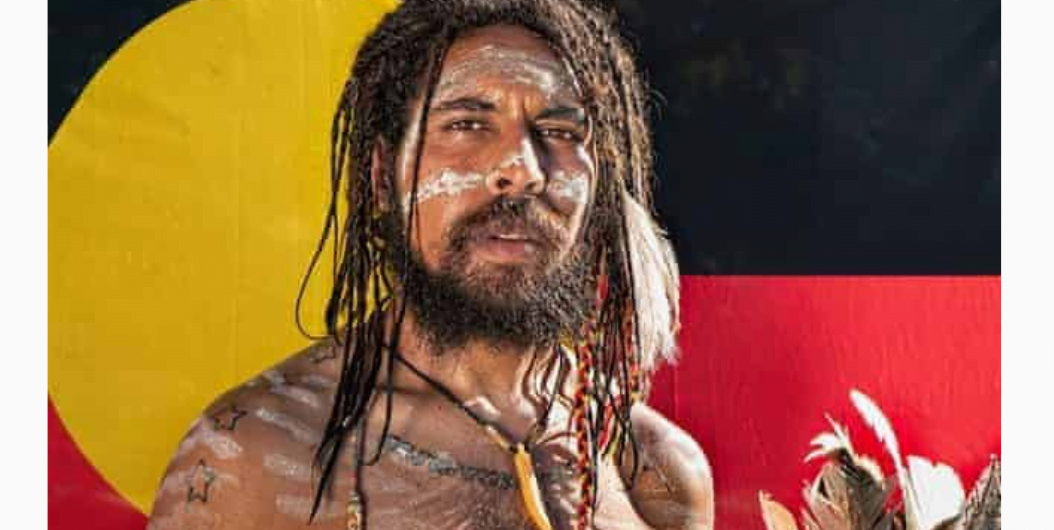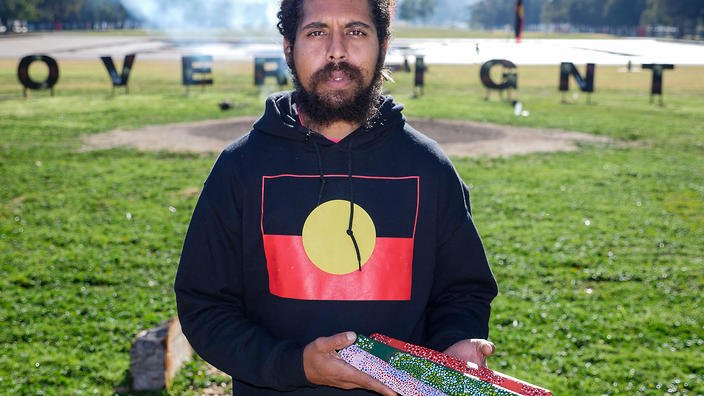Anthropology
Related: About this forumFirst database of Indigenous Australian message sticks

British Museum description: Message stick incised with designs including images of ship, house, trees and topographic features. British Museum collection acquired 1885
April 11, 2024
Daniru Jayasuriya
The founder of a rich data base of Indigenous Australian “message sticks” believes it showcases historic communication techniques of first nations people. Dr. Piers Kelly, a linguistic anthropologist at The University of New England, and his team created the Australian Message Stick Database (AMSD) of more than 1500 Indigenous Australian message sticks in collections around the world.
“It’s not accurate to say ‘message sticks are just like Western literacy […] because they’re addressing a different kind of problem that written practice isn’t adapted for.”
Kelly says we need to reevaluate beliefs about the use of the message sticks. Early literature makes assumptions about the message sticks being an aid to memory. “Message sticks aren’t writing but some of them can do things very similar to writing: convey accurate information over time and distance,” he told Cosmos.
“Nineteenth century scholars were very interested in the possibility that they represented language, but they don’t. My argument is that comparing message sticks to writing is the wrong way to approach it. They’re doing social coordination, validation, reinforcement and encoding of non-linguistic information.”
More:
https://cosmosmagazine.com/people/anthropology/first-database-of-aust-message-sticks/
Judi Lynn
(162,374 posts)Published: October 8, 2020 12:46am EDT

Incoming Australian Greens Senator Senator Lidia Thorpe lifts one fist and carries a message stick, during a swearing-in ceremony at Parliament House, Canberra. AAP/Lukas Coch
This week, newly appointed Greens senator Lidia Thorpe entered the chamber with one fist raised. In her other hand, she carried a large message stick with 441 carefully painted marks.
The lines represented each of the First Nations people who have died under police supervision since the 1991 Royal Commission into Deaths in Custody. The first Indigenous senator from Victoria, Thorpe is a Gunnai and Gunditjmara woman with a history of fighting for justice on behalf of Aboriginal people.
Last year, Alwyn Doolan, a Gooreng Gooreng and Wakka Wakka man (and co-author of this article) brought three message sticks to deliver to the Prime Minister representing Creation, Colonisation and Healing.
He carried them to Canberra all the way from Cape York, walking the long way round via Tasmania and Melbourne in a journey of over 8,500 kilometres. His intention was to submit a tribal law notice to the Australian government, to declare First Nations sovereignty, and open a new dialogue with the First Nations of this land.
These two events continue a powerful pre-Invasion tradition, when message sticks were sent between distant communities to maintain diplomatic relations.
More:
https://theconversation.com/what-are-message-sticks-senator-lidia-thorpe-continues-a-long-and-powerful-diplomatic-tradition-147674
Judi Lynn
(162,374 posts)ABC Wide Bay / By Jenae Jenkins, Rachel McGhee, and Inga Stünzner
Posted Thu 23 May 2019 at 6:41pmThursday 23 May 2019 at 6:41pm, updated Tue 28 May 2019 at 3:04am
A man has walked more than 8,000 kilometres to deliver a message of reconciliation to Canberra. Alwyn Doolan, a Gooreng Gooreng and Wakka Wakka man, spent a year walking from the tip of Queensland to the steps of Parliament House to collect messages of reconciliation from 50 Indigenous nations.
Starting in Bamaga in Cape York, Mr Doolan travelled through the sunshine state to New South Wales, Victoria and Tasmania before heading to the national capital.
"A lot of it came from within my self belief," he said. "With a journey like this there has to be that courage in the mind to overcome challenges and push through.
"What confirms this journey is the support that people are encouraging and giving me determination … That's how I survived.
Mr Doolan said he sought advice from the Aboriginal elders in the areas he travelled through.
"[In] every section of Australia there are parts where native plants and fruit don't grow, so while in those communities I would find out through the knowledgeable elders what I can and can't eat.
"I would identify … particular berries or nuts and even medicine to utilise."
More:
https://www.abc.net.au/news/2019-05-24/man-walks-8000km-to-deliver-reconciliation-message-to-canberra/11141742



2naSalit
(92,669 posts)The idea that they don't represent language.
Judi Lynn
(162,374 posts)wnylib
(24,376 posts)The sticks convey concepts and so does language.
But, in a narrower sense, the sticks would not be written language if they did not use the images systematically the way that pictographic writing does.
But they do convey concepts.